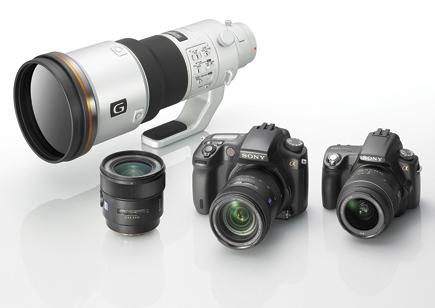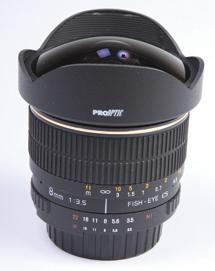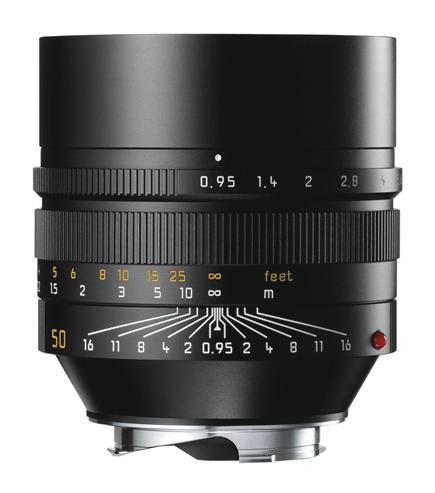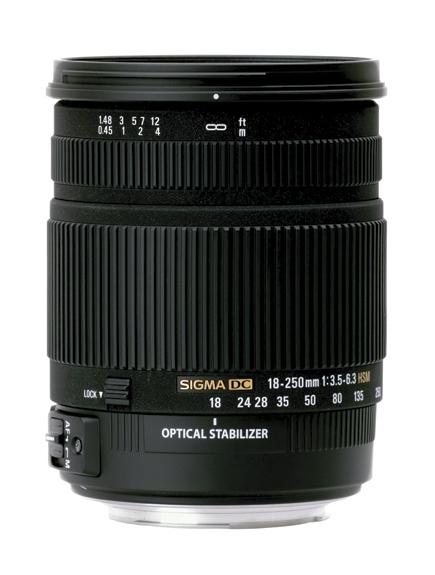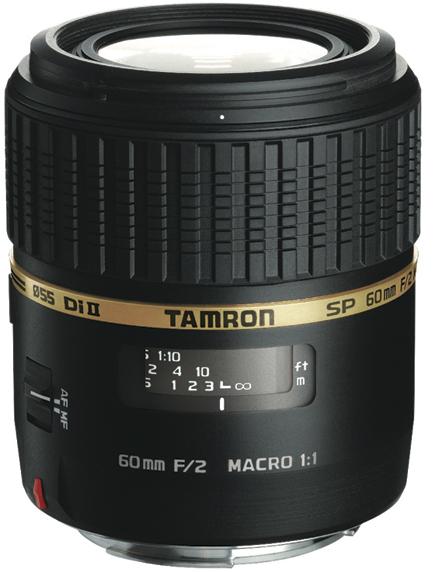|
Aug 01, 2010 |
|
Aug 01, 2010 |
|
Aug 01, 2010 |
|
Aug 01, 2010 |
|
Aug 01, 2010 |
|
Aug 01, 2010 |
|
Aug 01, 2010 |
|
Jun 01, 2010 |
|
Mar 01, 2010 |
|
Mar 01, 2010 |
|
Dec 01, 2009 |
|
Dec 01, 2009 |
|
Dec 01, 2009 |







